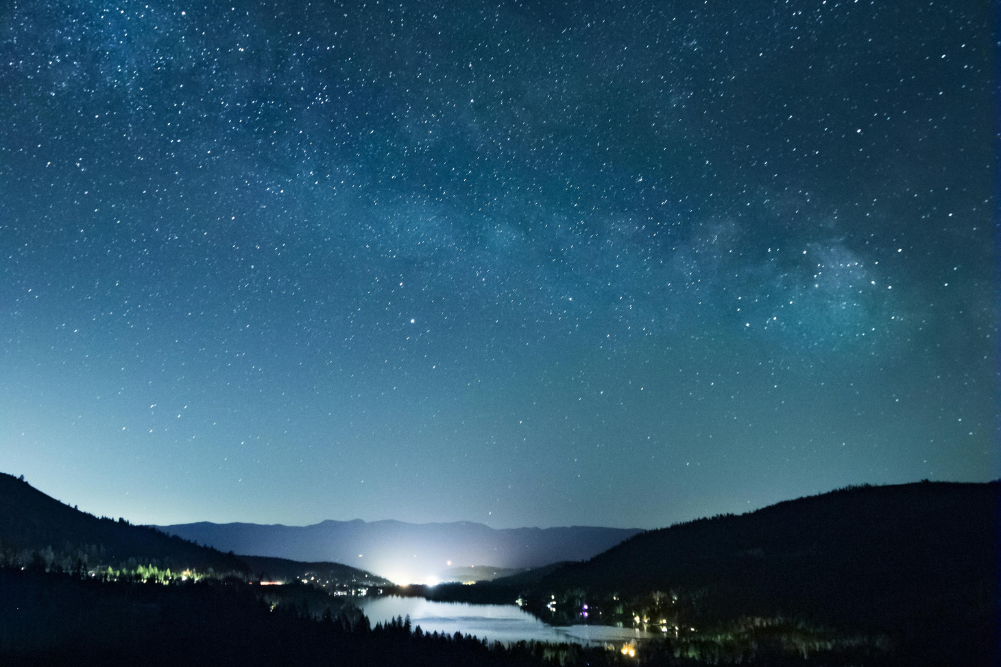New Earths
It’s the time of year to let your mind your mind expand and wander across new territory before the business of another new year consumes you. So stretch your corpus collosum, let your hemispheres separate, tell your basal ganglia to take a rest and wrap your mind around this; the search for planets similar to our Earth just became easier and the likelihood of discovery has increased as well.
Even as we obsessively turn inwards and, via social media, focus ever more on the previously uninteresting mundanity of everyday life (since when did someone having a good cup of coffee interest their friend network??), surely the most dazzling prospect before lies in the other direction…out there. The idea of other sentient life on other planets is surely the most enticing thing that there is because in the discovered commonilities and differences we will find out how much of the things that we humans hold dear on this planet like science and religion are just wishes rather than reality. That is why a new piece of research is so exciting.
We know that around stars like our sun there are habitable zones and that is where we have been looking for other “Earthsâ€. The habitable zone is the region of orbit where water can become liquid on the surface of a planet and astronomers can search for signs of life in the atmosphere of the planet. These researchers however, have found that we might have been looking in the wrong place.
As a result of their analysis they have found that young worlds in the habitable zone may be further out from the stars than previously thought and that makes them easier to spot. The early phase of a star’s (sun’s) life lasts for around 2.5 billion years and it is possible that life could begin on a planet in that early phase and then move underground or underwater when the star hots up. That means that young “Earths†could actually be found further out from those young stars than we thought and in that further zone they are easier to see.
Another enticing thought from these researchers is that during the early phase of a solar system’s development planets that might later end up being in the habitable zone can lose the equivalent of several hundreds of oceans of water even if their star is a relatively cool one. The amazing thing is that a cosmic water delivery service could reinvigorate those planets, as we suspect happened to our planet. That water could come from a bombardment of water rich asteroids.
It all adds up to their being a greater likelihood of their being other water bearing and therefore inhabitable planets out there. Also, we now know where to look and the places to look are more accessible. It is like playing hide and seek and being told the room the one you seek is hiding in and being given a really good torch to look with…the only difference is that in “hide and seek†you know they are “in there†but we know they are “out thereâ€.







